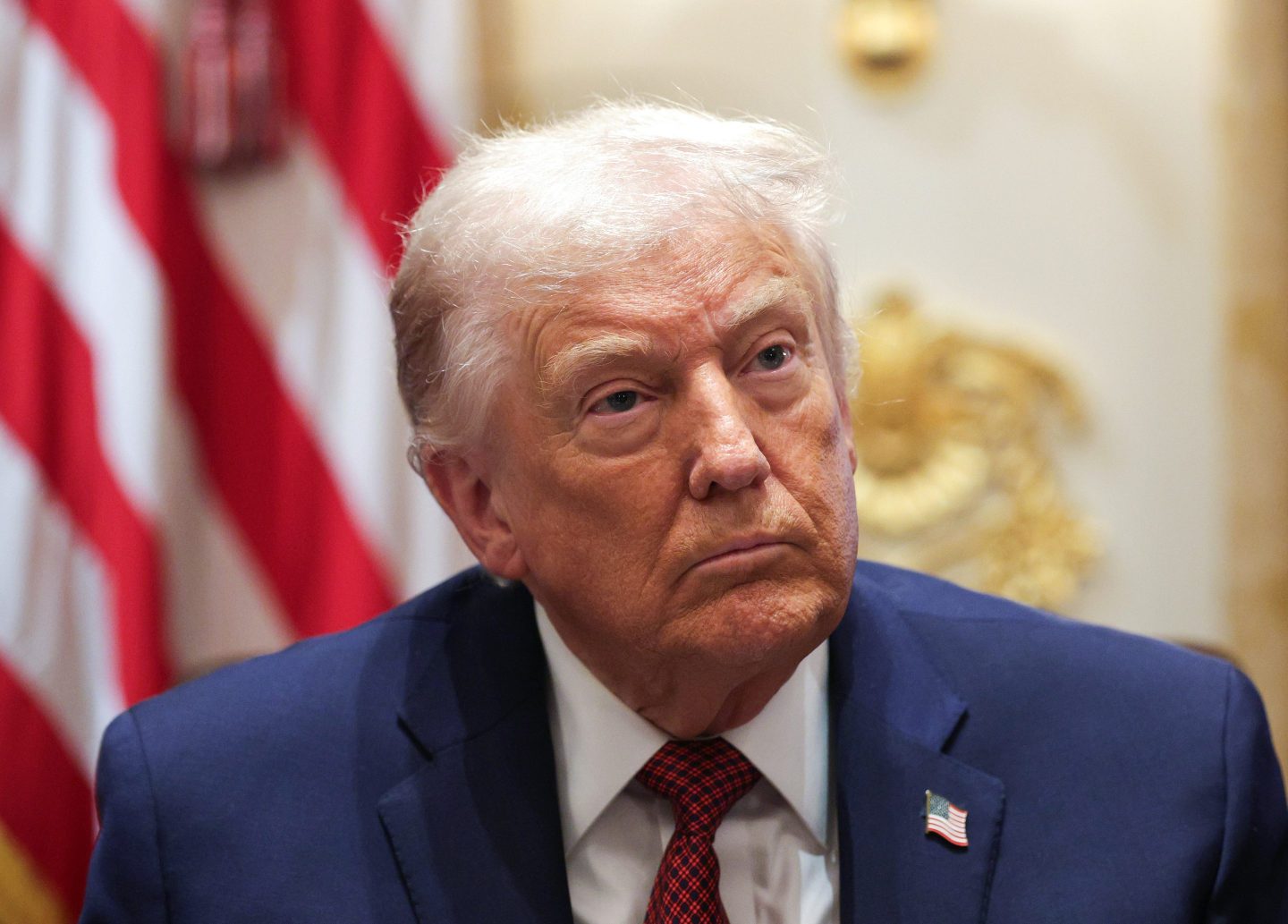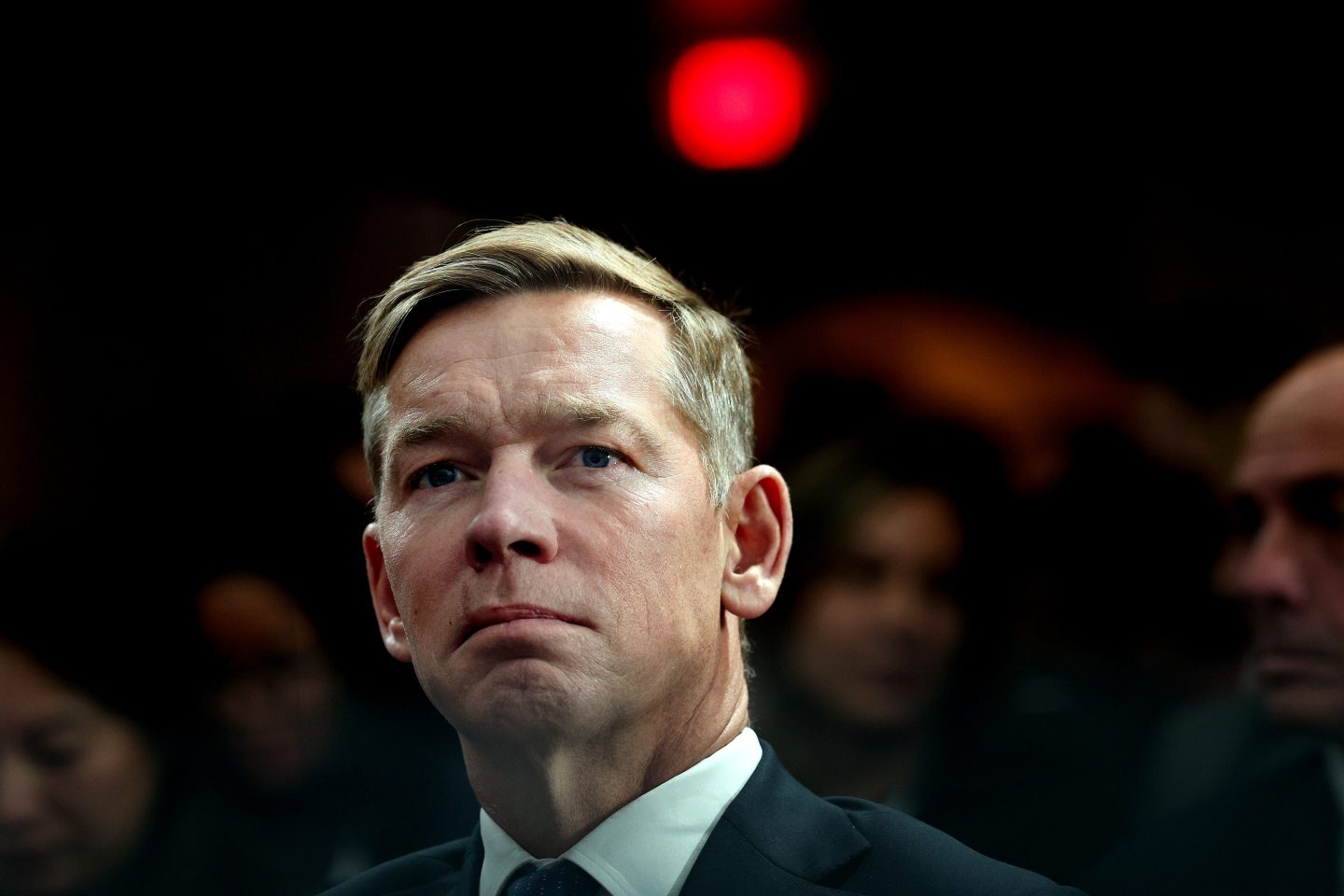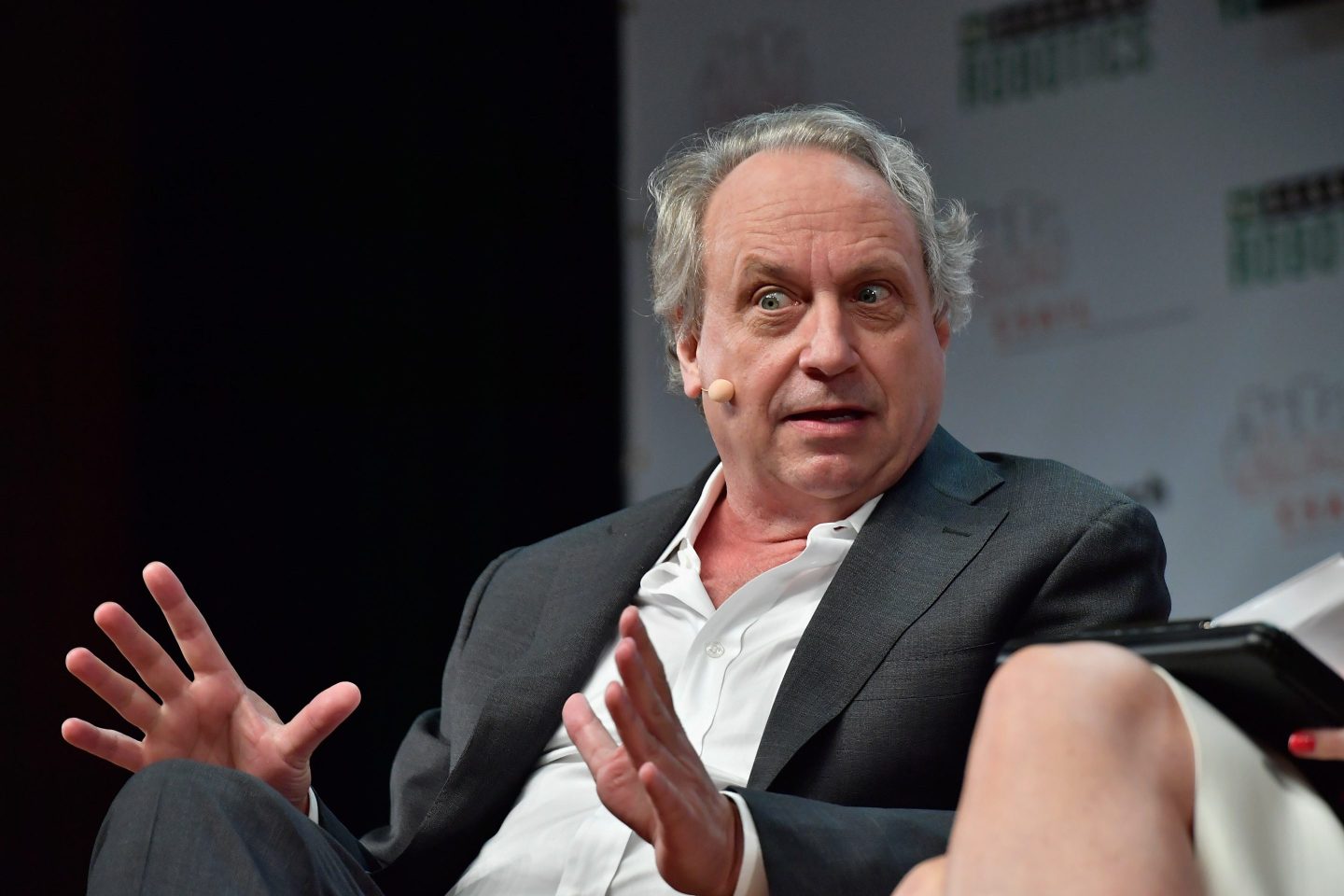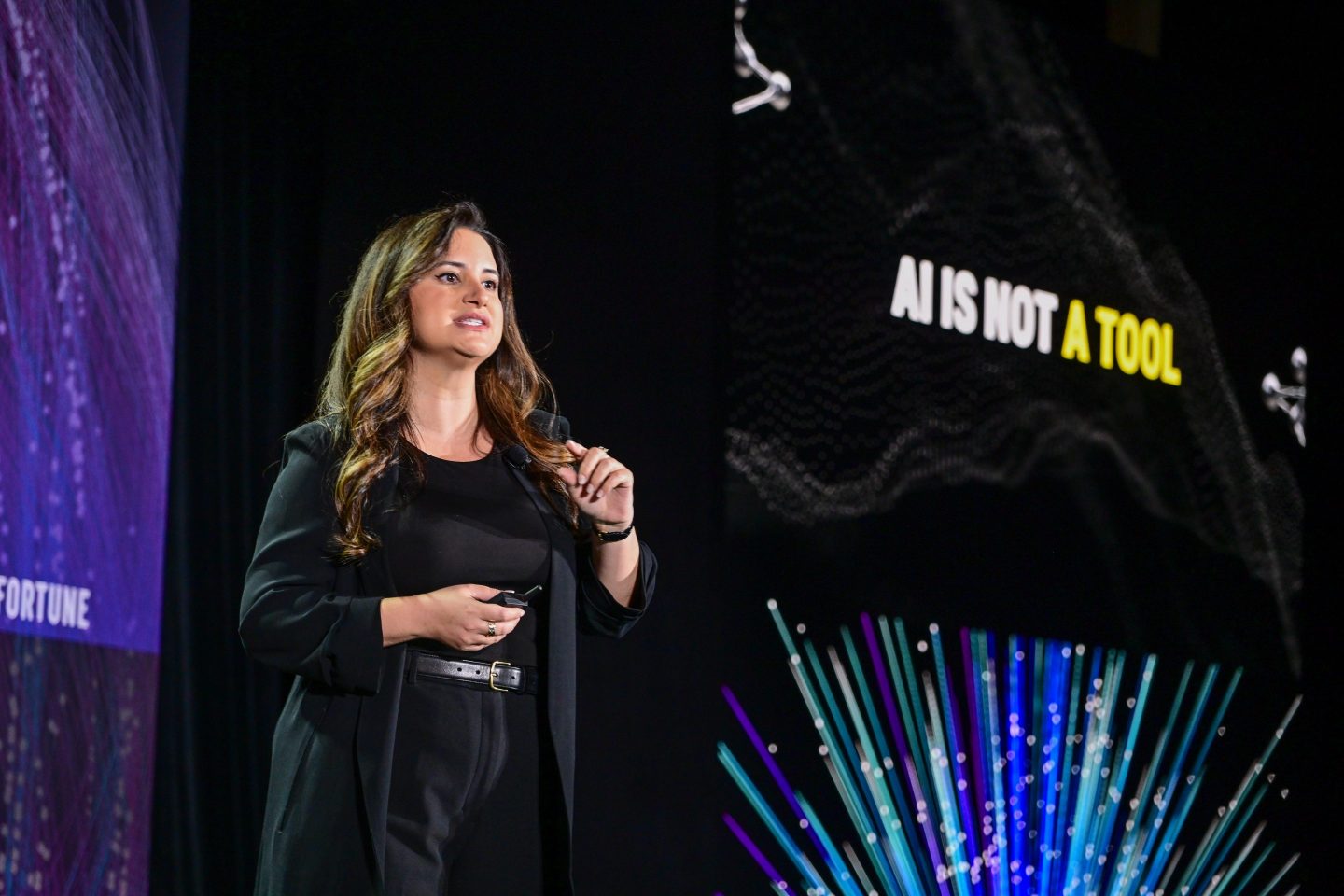For millions of Americans, Thanksgiving morning begins the same way: in front of a television, watching giant character balloons float down Manhattan’s streets while professional dancers, elaborate floats, and celebrity performers parade past.
The Macy’s Thanksgiving Day Parade drew over 31 million viewers across the U.S. last year, including about 3.5 million people who actually lined up on New York City’s streets to watch it in person. But this annual tradition didn’t come from some corporate strategy, but from an idea that Macy’s employees brought directly to company leadership over a century ago.
To understand how a department store that opened when Abraham Lincoln was still a private citizen created America’s most-watched holiday parade, one must first understand Macy’s unusual origins and why immigrant workers at the company saw a parade as the perfect way to celebrate.
Macy’s humble beginnings
Rowland Hussey Macy opened his dry goods store on the corner of Sixth Avenue and 14th Street in Manhattan on October 28, 1858.
His first day’s sales totaled just $11.08.
Abraham Lincoln was still two years away from becoming president, having recently delivered his famous “House Divided” speech. Macy, a former Nantucket whaler whose red star tattoo from his sailing days would become the company’s logo, had finally found a formula that worked after four previous failed attempts in the retail space. But business picked up, and by 1924, Macy’s had relocated to Herald Square and grown into the world’s largest retail space.
That year, a significant percentage of Macy’s workforce consisted of first-generation European immigrants. According to Susan Tercero, the executive producer of the Macy’s Thanksgiving Day Parade, “there were a lot of folks who worked for Macy’s who were immigrants from Europe and when they got to the holiday season, a lot of them came together and approached leadership and said that they really wanted to celebrate the holidays in a way that was more in fashion with what they had done over in Europe, which were these holiday parades. Of course, Macy’s said sure.”
Macy’s leadership agreed to the proposal, seeing it both as a gift to employees and as a marketing opportunity to drive holiday shopping traffic.
Macy’s first Thanksgiving Day parade
On November 27, 1924—Thanksgiving morning—the first parade began. Approximately 10,000 people participated, including costumed Macy’s employees dressed as clowns, cowboys, knights, and other characters, along with floats depicting Mother Goose scenes, circus acts, professional bands, and live animals borrowed from the Central Park Zoo.
The parade marched six miles from Harlem to Herald Square, where Santa Claus arrived on a sleigh made of ice, signaling the official start of the Christmas shopping season. An estimated 250,000 spectators lined the streets—far exceeding organizers’ expectations. Macy’s immediately declared it an annual tradition.
By 1927, concerns emerged that the live animals were frightening children. Macy’s turned to Tony Sarg, a German-American puppeteer who had previously designed the store’s mechanical window displays, to devise an alternative. Sarg created what he called “upside-down marionettes”—giant helium-filled balloons controlled by handlers on the ground rather than strings from above. Felix the Cat became the first character balloon, launching a concept that would define the parade for the next century.
In 1953, NBC began broadcasting the parade nationally, transforming it from a New York spectacle into an American ritual watched in homes across the country. Last year’s 98th annual parade drew a record 31.3 million viewers across NBC and Peacock, making it the most-watched entertainment telecast on American television outside of sports.
You can watch the 2025 Macy’s Thanksgiving Day parade—the company’s 99th of these, with No. 100 coming next year—below.
For this story, Fortune used generative AI to help with an initial draft. An editor verified the accuracy of the information before publishing.













